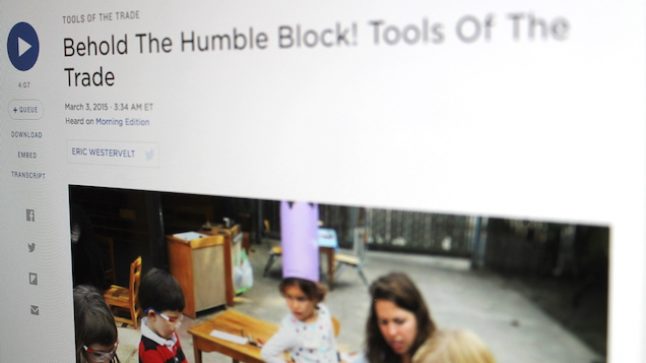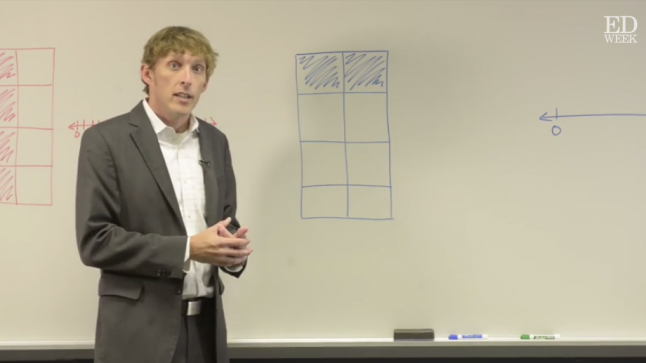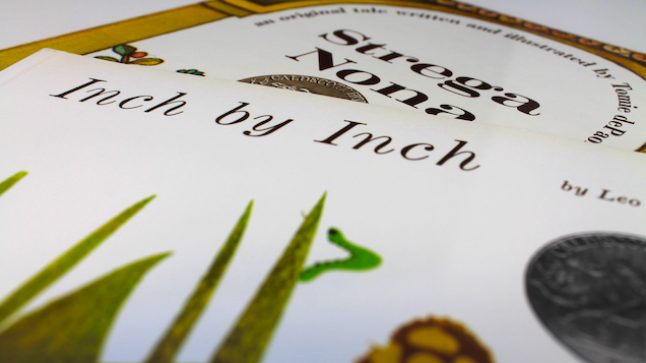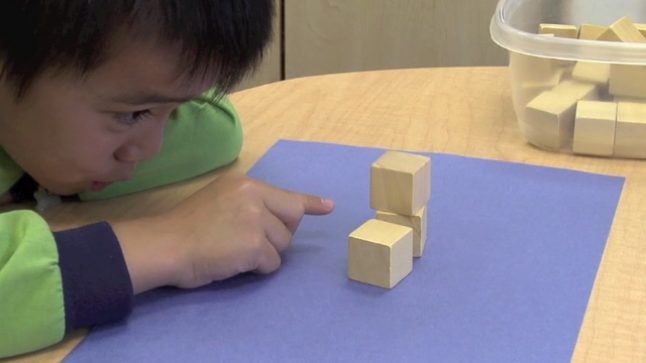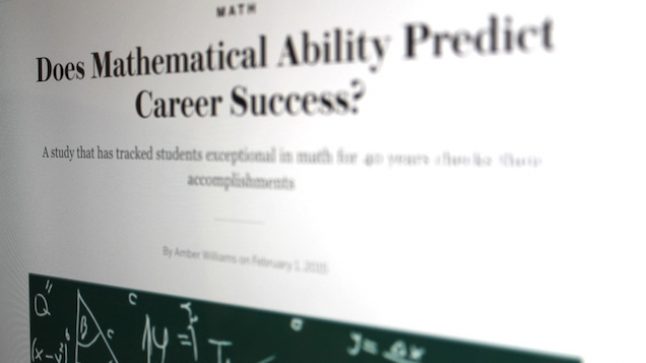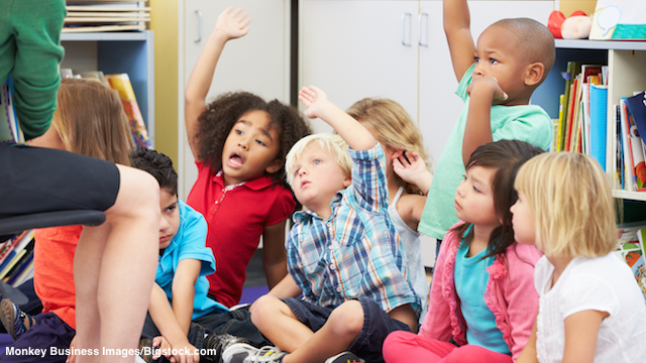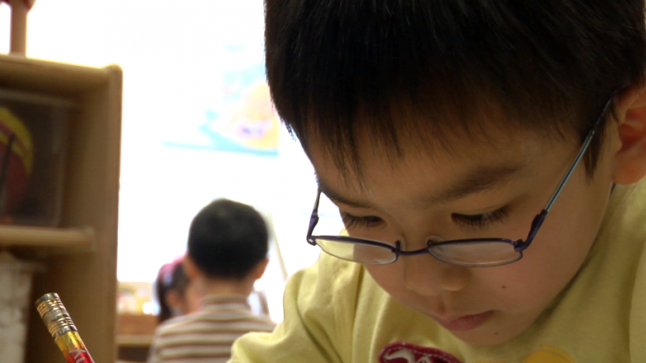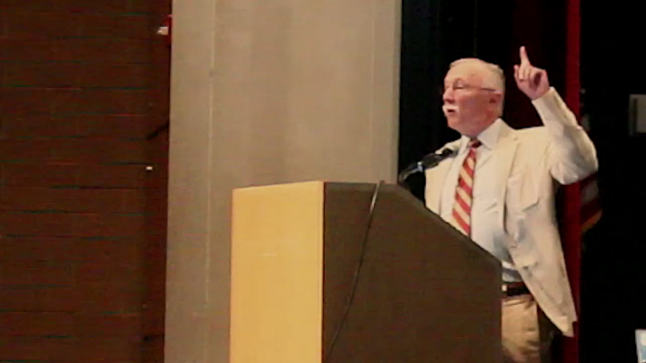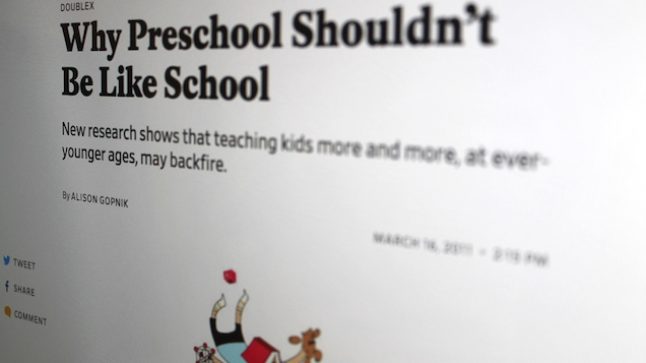Series: About Early Math
Blocks: Low-Tech Toys with High Learning Potential
March 4, 2015
This article from NPR's ongoing education blog discusses the strength of a familiar low-tech toy: the block. Even amid a technological revolution in teaching, which is bringing tablets, apps, and smartboards into more and more early learning classrooms, the block maintains its place as a time-tested learning tool.
- Topic: Number Operations, Spatial Relationships
- Age/Grade Level: Pre-K, Kindergarten
- Tags Technology, Play, Blocks
Series: Video from Others February 27, 2015
How to Teach Fractions: A Different Approach
This video from Education Week describes how to teach fractions using a different approach than the current norm.
- Topic: Number Operations
- Age/Grade Level: 2nd Grade, 3rd Grade
Series: Book Ideas February 18, 2015
4 Books About Measurement that Spur Children’s Thinking
Children measure all of the time, even if they're not using rulers or numbers while doing so. There are many great children's books about measurement that spur on children's natural fascination with the subject.
- Topic: Measurement
- Age/Grade Level: Infants, Toddlers, Pre-K, Kindergarten, 1st Grade, 2nd Grade, 3rd Grade
- Tags Big and Small, Books, Ann Tompert, Strega Nona, Tomie dePaola, Inch by Inch, Leo Lionni, Just a Little Bit, Life-Size Zoo, Teruyuki Komiya
Series: Focus on the Child February 12, 2015
One-to-One Correspondence with Child 6
A student determines how many blocks there are.
- Topic: Counting
- Age/Grade Level: Pre-K, Kindergarten
- Tags English Language Learner, Child 6
Series: Hear from the Experts February 11, 2015
Early Math Experiences May Deter Women from Pursuing Jobs in Math and Science
A recent study shows that children's early math experiences may impact their future decisions regarding educational and career paths. In particular, preconceived expectations about girls' math performance may deter them pursuing jobs in math and…
- Age/Grade Level: Pre-K, Kindergarten, 1st Grade, 2nd Grade, 3rd Grade
Series: Hear from the Experts February 4, 2015
Math Skills Predict Future Success
Researchers at Vanderbilt University's Peabody College recently followed up with a group of people, who, forty years earlier, scored in the top percent of the math section of the SAT. The math skills they demonstrated…
Series: Ideas at Work January 28, 2015
5 Steps to Take to Have a Successful Math Class Discussion
Facilitating discussion in math class is a particularly powerful teaching method. It challenges students to put their solution strategy into words. It promotes communication between students. It also highlights any unclear steps that may have…
- Age/Grade Level: Pre-K, Kindergarten, 1st Grade, 2nd Grade, 3rd Grade
Series: Ideas at Work January 20, 2015
Math Investigations: A Fresh Lead in Creative Math Learning
Teachers in the Innovations Project have been making use of the Contexts for Learning Investigations, a series of mini-lessons, games, and storybooks based around overarching math learning goals. The developers of this series argue that…
Series: Hear from the Experts January 15, 2015
Mathematical Reasoning Left Out of Classrooms
Phil Daro compares a math classroom in the United States with one in Japan.
- Age/Grade Level: Adult Learners
- Tags Phil Daro
Series: Hear from the Experts January 12, 2015
Teaching Preschoolers: Direct Instruction or Open-Ended Learning?
Direct instruction is a good way to teach students specific facts, which can lead to higher marks on standardized tests. However, it fails to foster curiosity and creativity in children, two qualities that are difficult…
Do the math.
Free videos.
Free newsletter packed with ideas.
Free professional learning modules.
